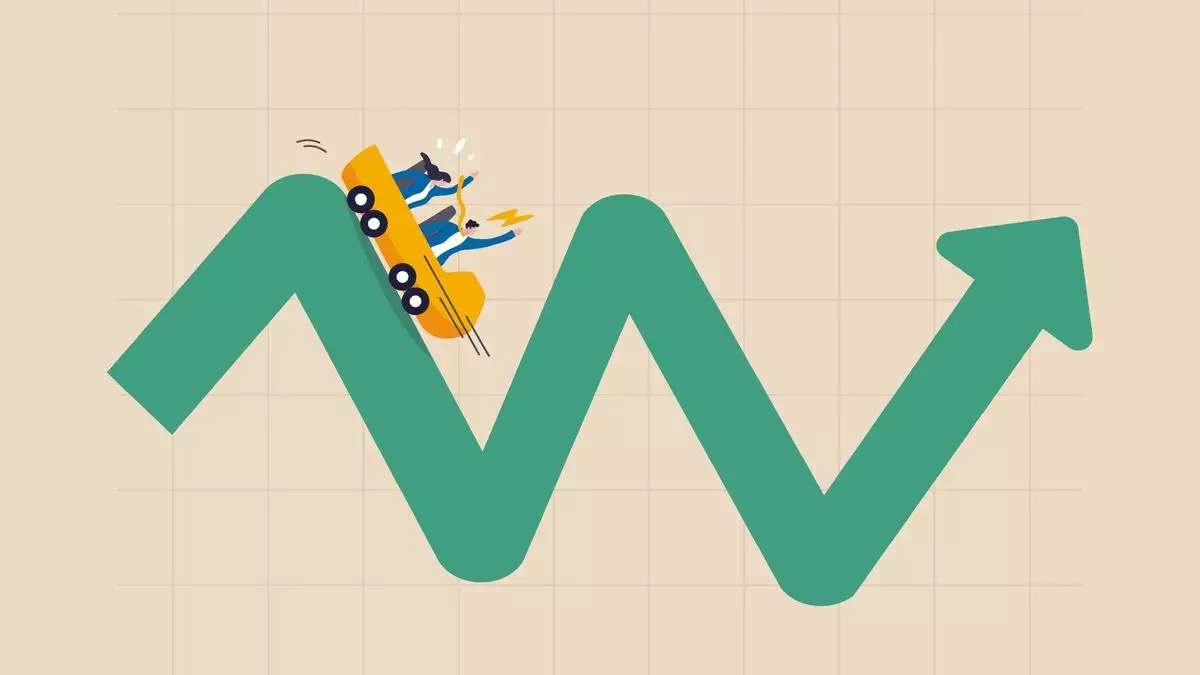As travel spending experiences a noticeable deceleration across the United States, hotel properties are grappling with an undeniable stagnation in growth. Various market indicators suggest a significant softening, evident through a recent slowdown in domestic room rates and occupancy levels. This downturn, which also includes a wave of promotional activities targeting potential guests, epitomizes the complexities and challenges within the hospitality industry. According to CoStar, the revenue per available room (RevPAR) has seen only a meager increase of 0.8% for U.S. hotels in March, bringing forth a larger conversation about both the current limitations and potential pathways to recovery within the sector.
The Complexity of Occupancy Rates and Average Daily Rates
Recent statistics reveal a slight contraction in occupancy rates, dipping by 0.3%, while the average daily rate (ADR) has only marginally bolstered itself, achieving a growth of 1.1%. This fragility is concerning when one considers the substantial revival seen in earlier months, particularly January when ADR grew by 3.3%. These fluctuations raise essential questions about the underlying market dynamics and the factors contributing to such volatility. Isaac Collazo, vice president of CoStar Group’s STR Inc., emphasized the unpredictable nature of the current climate, hinting that external factors such as environmental disasters and major events can skew overarching trends. While the implication remains that some markets managed to register a 3% growth, it’s essential to frame this within the broader context of economic uncertainty.
Industry Analysts Respond to Economic Realities
With inflation and the broader economic landscape taking center stage, industry experts are taking a closer look at long-term forecasts. In April, CBRE adjusted its growth projections downward, citing a reduced GDP forecast of 1.9%, further compounded by rising inflation expectations. The assessment points to a slowed hospitality recovery emerging from the shadows of the pandemic and the resultant economic downturn. Bob Webster, a key figure at CBRE, articulated the intricate relationship between demand moderation and industry growth, suggesting that while the fallout from COVID-19 has led to exceptional growth rebounds, the plateauing of demand is not unexpected.
The Impact of Inbound Travel on U.S. Hotels
Analyzing inbound travel patterns reveals further complexities. With travel from Canada, a significant source of visitors to the U.S., considerably declining, it poses additional challenges for the hospitality sector. Offers of promotions and discounted rates indicate a strategic attempt to invigorate a shaky market as hospitality businesses grapple with sustaining interest amid substantial external challenges. The realities of fluctuating travel dynamics are forcing operators to reconsider their strategies, particularly in the affordable vacation segment where families are being enticed with attractive offers.
Travel Price Corrections and Consumer Behavior Shifts
Interestingly, the overall decrease in travel prices further complicates this evolving market narrative. NerdWallet’s recent findings reported a 2% decline in travel prices year-over-year as of March, diverging from previous trends where prices were on the rise. The reductions in airfare and hotel costs are notable, especially when juxtaposed with inflationary pressures affecting other sectors. The strategic re-pricing efforts, particularly in family-oriented travel, signify a crucial shift.
Promotions like the substantial discounts on theme park tickets from major attractions illustrate a renewed emphasis on captivating the family market, especially during uncertain economic conditions. These promotions suggest an attempt to wrest back consumer confidence, nudging families towards making vacation plans despite lingering apprehension regarding economic stability.
The Luxury Hotel Market’s Continued Resilience
Amid these challenges, luxury hotels seem to stand apart, demonstrating remarkable resilience. With a substantial 7.6% growth in RevPAR for the luxury sector during the preliminary quarter, it’s clear that this segment is experiencing a unique revival. Luxury properties are not merely weathering the storm; rather, they are thriving. As discerning consumers increasingly return to these high-end accommodations, driven by previous surges in travel behavior, operators must be prepared for shifting booking patterns as travelers extend their horizons towards global luxury destinations.
This resilience in the luxury sector presents a fascinating contrast to the broader market trends. As travelers adjust their preferences and expectations in a post-pandemic world, hotels across all segments must take heed—recognizing that luxury may not just be a category for the affluent anymore, but rather a benchmark for quality and experience that is increasingly sought after by discerning guests.
The ongoing challenges faced by the hospitality industry illustrate a complex tapestry of shifting consumer preferences, economic pressures, and market dynamics that can’t be understated. The evolution of promotional strategies will likely play a pivotal role in the sector’s recovery, as hotels adapt to the nuanced demands of today’s travel landscape.


Leave a Reply